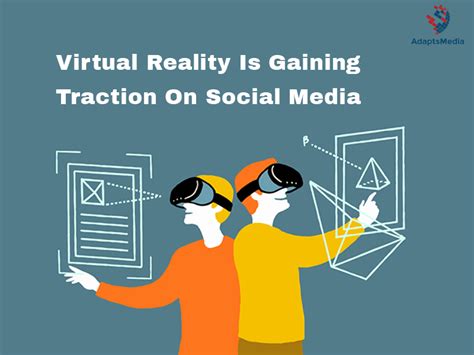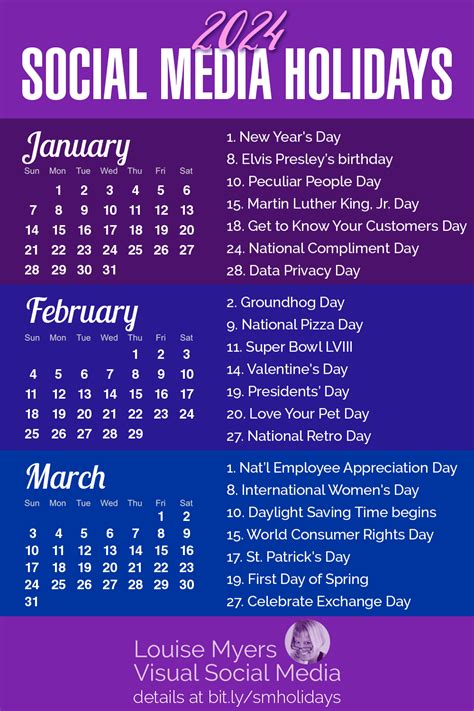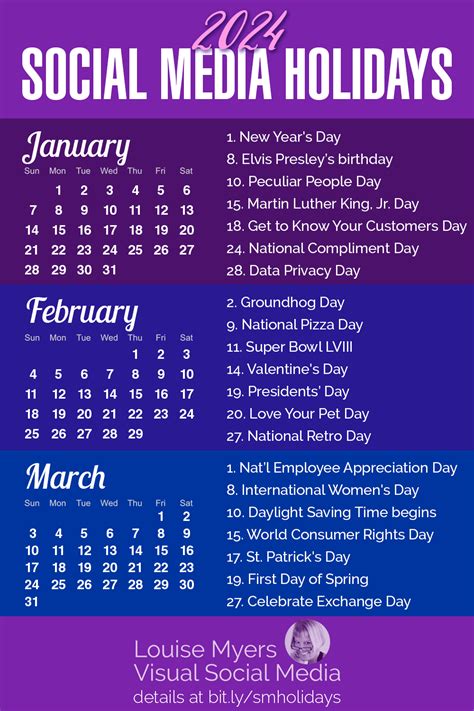Discover how virtual reality is revolutionizing social media marketing in 2024 with advancements, user engagement, personalized brand experiences, and measurable ROI.In the fast-paced world of social media marketing, staying ahead of the curve is crucial. As we look ahead to 2024, one trend that is poised to make a significant impact is the integration of virtual reality (VR) technology. From enhancing user engagement and interaction to providing personalized brand experiences, the possibilities of VR in social media marketing are endless. With the rapid advancements in VR technology, marketers have a unique opportunity to leverage this immersive medium to create more impactful and measurable ROI. In this blog post, we will explore the impact of virtual reality on social media marketing in 2024, including the advancements in VR technology, the integration of VR in social media platforms, the potential for enhanced user engagement, and the ability to create personalized brand experiences. Additionally, we will delve into the importance of measurable ROI and analytics in the VR-driven landscape of social media marketing. Let’s dive in and discover the exciting possibilities that virtual reality holds for the future of social media marketing.
Virtual Reality Technology Advancements
The virtual reality (VR) technology has made significant advancements in recent years, revolutionizing the way we interact with digital content. With the introduction of more powerful hardware and sophisticated software, VR has evolved from being a futuristic novelty to a practical tool with myriad applications in different industries.
One of the most notable advancements in VR technology is the improvement in display resolution and image quality, making the virtual experience more immersive and lifelike. Additionally, the development of more intuitive and responsive motion tracking systems has enhanced the sense of presence and agency in virtual environments, allowing users to interact with digital content in a more natural and intuitive manner.
Furthermore, the integration of augmented reality (AR) and mixed reality (MR) technologies has expanded the capabilities of VR, allowing for a seamless blending of digital and physical worlds. This advancement has opened up new possibilities for interactive experiences, such as virtual tours, product demos, and collaborative workspaces, all of which have the potential to transform the way we communicate, learn, and conduct business.
As VR technology continues to evolve, we can expect to see further advancements in areas such as haptic feedback, spatial audio, and artificial intelligence, all of which will contribute to a more immersive and engaging virtual experience. These advancements are not only changing the way we consume entertainment and media but also have the potential to revolutionize how we work, learn, and connect with others.
Integration of VR in Social Media
Virtual Reality (VR) technology has rapidly advanced in recent years, and one of the most impactful areas of development has been its integration into social media platforms. This integration has greatly enhanced user engagement and interaction, providing a more personalized brand experience for social media users.
The use of VR in social media allows users to experience products and services in a more immersive way, leading to increased customer satisfaction and loyalty. As a result, businesses are able to gain a measurable return on investment (ROI) and utilize analytics to better understand consumer behavior and preferences.
Furthermore, the integration of VR in social media opens up new opportunities for creative and interactive marketing campaigns. Brands are able to create unique and memorable experiences for their audience, enabling them to stand out in a crowded digital landscape.
As we look towards the future of social media marketing in 2024 and beyond, the integration of VR is poised to play an even more significant role in how brands connect with their audiences and drive business growth.
Enhanced User Engagement and Interaction
Virtual Reality (VR) has revolutionized the way brands interact with their audience, providing enhanced user engagement and interaction unlike ever before. With the ability to create immersive environments and experiences, VR allows brands to connect with their customers on a whole new level. Whether it’s through interactive product demos, virtual events, or personalized brand experiences, VR is changing the game when it comes to engaging consumers.
By allowing users to step inside a virtual world, brands can create meaningful connections that resonate on a deeper level. This level of engagement not only captures the attention of the audience but also keeps them actively involved in the experience. As a result, brands can foster stronger relationships with their customers and drive interaction that is more impactful and memorable.
Furthermore, VR enables users to be active participants in the content they consume, rather than passive observers. This level of engagement leads to increased brand loyalty and advocacy, as users feel a sense of ownership over the experiences they have within the virtual environment. Whether it’s through interactive storytelling, gamified experiences, or virtual shopping, VR allows brands to create a sense of co-creation with their audience, resulting in deeper interaction and connection.
| Benefits of VR for User Engagement and Interaction |
|---|
| 1. Immersive experiences that captivate and engage users |
| 2. Active participation in content, leading to a sense of ownership |
| 3. Deeper relationships and brand loyalty through co-creation |
Personalized Brand Experiences
Personalized brand experiences are becoming increasingly important in the world of marketing. With the advancements in virtual reality (VR) technology, brands now have the opportunity to create unique and immersive experiences for their customers. By integrating VR in their marketing efforts, brands can engage with their audience in a whole new way.
One of the key benefits of personalized brand experiences through VR is the ability to create interactive and immersive environments that allow customers to engage with the brand on a deeper level. This level of engagement can result in a stronger emotional connection between the customer and the brand, leading to increased loyalty and advocacy.
Using VR, brands can also create personalized experiences that cater to the specific preferences and interests of each individual customer. Whether it’s a virtual tour of a product or a custom-designed virtual event, VR allows brands to tailor their marketing efforts to the unique needs of each customer, resulting in a more impactful and memorable experience.
| Enhanced User Engagement | Measurable ROI and Analytics |
|---|---|
| VR technology enhances user engagement by providing an immersive and interactive experience that captures the attention of the audience. | Brands can measure the impact of their VR marketing efforts through analytics, gaining valuable insights into customer behavior and preferences. |
Measurable ROI and Analytics
One of the key drivers of incorporating Virtual Reality (VR) technology into social media marketing strategies in 2024 is the ability to measure return on investment (ROI) and analyze user engagement. With the integration of VR, marketers will be able to track and analyze in-depth user interactions and behaviors within virtual environments, providing valuable insights into consumer preferences and decision-making.
Furthermore, the use of VR in social media marketing will enable brands to gather data on user experiences and interactions, allowing for in-depth analysis of consumer engagement. This will empower marketers to measure the impact of VR content on brand awareness, customer loyalty, and overall marketing performance, ultimately leading to more informed decision-making and optimized marketing strategies.
Additionally, the use of VR in social media marketing will allow for the implementation of advanced analytics tools, enabling marketers to capture and analyze data on user interactions, behaviors, and preferences within virtual environments. This data can be used to identify trends, patterns, and opportunities, leading to the development of personalized VR content and experiences that resonate with target audiences.
| Benefits of Measurable ROI and Analytics in VR Social Media Marketing |
|---|
| 1. Enhanced understanding of user behaviors and preferences |
| 2. Improved decision-making based on data-driven insights |
| 3. Optimization of marketing strategies for better ROI |
| 4. Development of personalized VR content for target audiences |
In conclusion, the incorporation of Virtual Reality in social media marketing in 2024 will bring about significant advancements in measurable ROI and analytics. The ability to track user engagement and analyze consumer behaviors within virtual environments will provide marketers with invaluable data for optimizing marketing strategies, developing personalized brand experiences, and ultimately driving measurable ROI.
Frequently Asked Questions
What is virtual reality?
Virtual reality is a computer-generated simulation of an environment that can be interacted with in a seemingly real or physical way.
How is virtual reality used in social media marketing?
Virtual reality is used in social media marketing to create more immersive and engaging experiences for users, allowing them to interact with products and brands in a more personal way.
What is the impact of virtual reality on social media marketing?
The impact of virtual reality on social media marketing is expected to be significant, as it has the potential to revolutionize the way that brands connect with consumers and create brand experiences.
What are the benefits of using virtual reality in social media marketing?
The benefits of using virtual reality in social media marketing include increased engagement, improved brand exposure, and the ability to create more memorable and impactful marketing campaigns.
How will virtual reality impact social media marketing in 2024?
In 2024, virtual reality is expected to become more integrated into social media marketing strategies, with brands leveraging VR technology to create unique and immersive experiences for their audiences.
What are some examples of successful virtual reality social media marketing campaigns?
Some successful examples of virtual reality social media marketing campaigns include IKEA’s virtual kitchen experience and McDonald’s Happy Meal Box virtual reality headset.
What are the potential challenges of using virtual reality in social media marketing?
Some potential challenges of using virtual reality in social media marketing include the cost of developing VR content, technical limitations, and the need for widespread adoption of VR technology.



